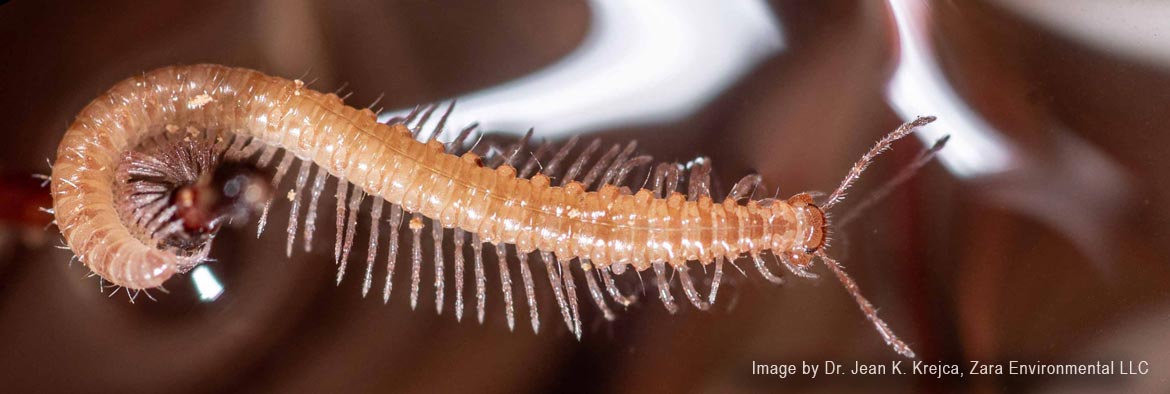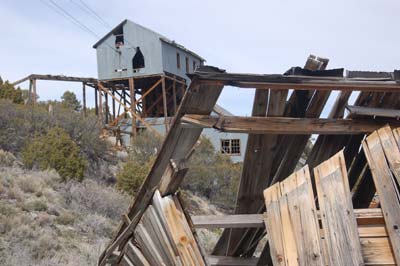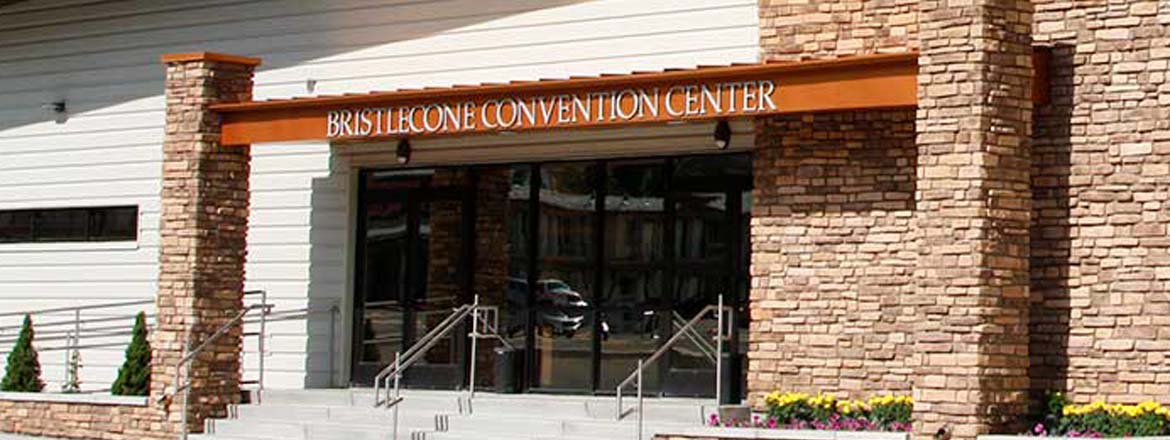
Nevada's Great Basin region contains the most active geothermal field in North America. The same geomorphology that created the basin and range landscape has caused Earth's crust to be very thin in this area. This close proximity to subsurface magma pockets allows super-heated water to form hot springs across the region.
The information on this page should be used with care. Not all hot springs are really hot (some are just in the "warm" category.) Other springs can be scalding and physically dangerous. The information provided here is simply meant as a reference. Do your own research and proceed with caution!
Click on the following map icons to get more information about each hot spring. The locations marked with red stars tend to be the most popular and accessible. Locations marked with an orange dot ![]() have extended descriptions available. Locations with a blue dot
have extended descriptions available. Locations with a blue dot ![]() only have geochemical data. Most of the minor locations haven't been field-checked in years, so do your own research before you head out. Not all hot springs are suitable for public soaking. Use your own discretion.
only have geochemical data. Most of the minor locations haven't been field-checked in years, so do your own research before you head out. Not all hot springs are suitable for public soaking. Use your own discretion.

Cave ecosystems are often dependent on organic material carried in by water, which serves as the primary food source for the environment. In arid climates with minimal surface rainfall, the input of organic matter and nutrients into caves becomes limited, affecting the overall energy flow within these environments. The intricate interplay between surface conditions and cave biota presents unique management challenges for modern cave biologists. Image courtesy of Dr. Jean K. Krejca, Zara Environmental LLC.
The official event schedule for the 2025 NCKMS has now been updated. Please check our schedule page or download a PDF to your mobile device.

Cave Gators is the pre-eminent company in the United States specializing in bat-friendly closures on caves and abandoned mines.
No job too tough, no site too remote! We do the jobs that scare away everyone else.

The ghost town of Belmont Mill was established following a silver strike in 1865. Other minerals, such as copper lead and antimony were also mined here. The boom brought in settlers and Belmont grew. The town boasted four stores, two saloons, five restaurants, livery stable, post office, assay office, bank, school, telegraph office, two newspapers, and a blacksmith shop.
As the price of metals fluctuated, so did the fortunes of the town. By 1887, several of the mines closed. Like many towns which are now ghost towns, this one lasted for only a short time.
Some of the buildings are still standing, including the courthouse, the Cosmopolitan Saloon, the Monitor-Belmont Mill, and the combination mill.

WCC Ball Cap
Wearing a ball cap? Oh, that's a whole vibe. It's like saying, "I'm strong, but I'm not here for your speleo-approval." It's the kind of quiet power that doesn't scream for attention, but when it walks into the room, everyone knows it's the real deal. No need to flaunt or flex when you've got that kind of effortless strength, right?
Yet, while being grounded and focused on what truly matters, you can still shine at your next grotto meeting by declaring your subtle support of the Western Cave Conservancy!
